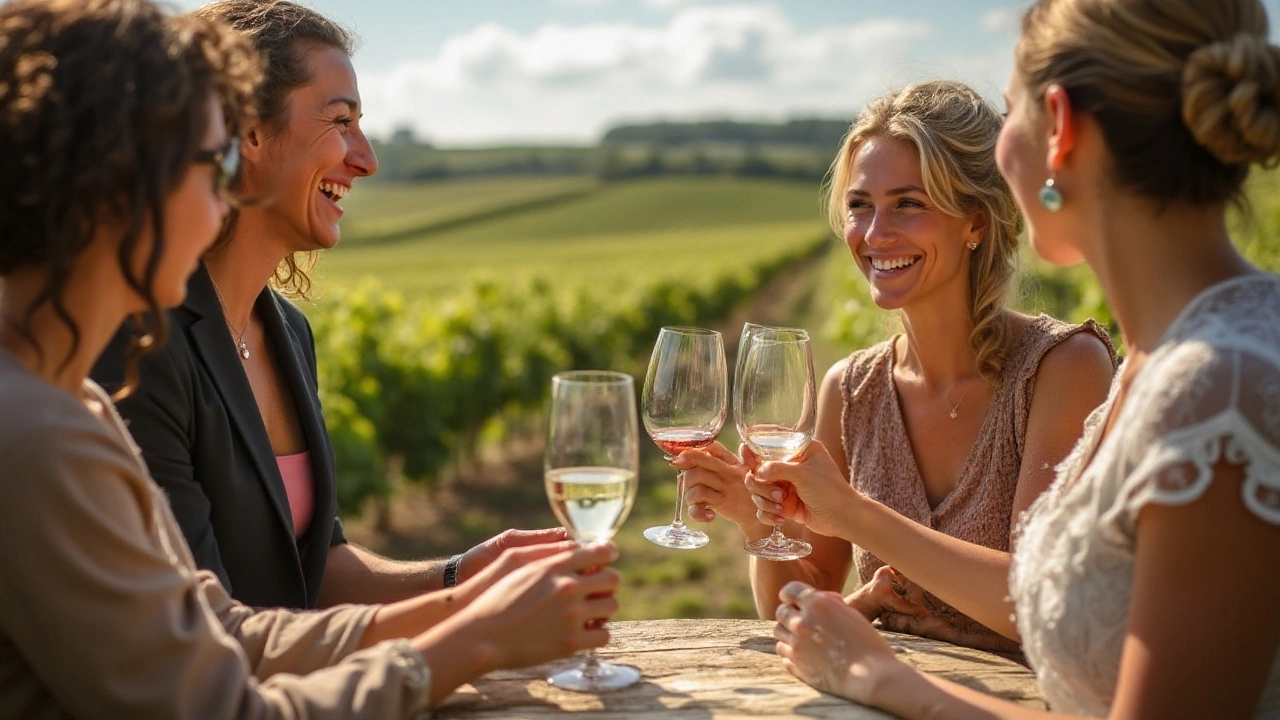Vineyard Visits – Your Easy Guide to a Great Winery Tour
Ever wondered what really happens when you step onto a vineyard? Most people think it’s just wine and scenery, but there’s a lot more to explore. From the rows of vines to the cellar doors, a good visit can teach you how wine is made, give you fresh tasting ideas, and even spark a new hobby. Ready to make your next trip count?
First off, don’t treat a vineyard like a regular restaurant. It’s a working farm, so timing, weather, and the harvest calendar matter. If you show up during a crush weekend, you’ll see barrels being filled and get a peek at the real action. If it’s mid‑summer, the vines will be lush and the staff may focus on tours rather than tastings. Knowing the season helps you set realistic expectations.
Planning Your Vineyard Visit
Start by picking a region that matches your taste. Do you like crisp whites from cooler climates or bold reds from warmer zones? A quick Google search of the area’s signature grapes can narrow down choices. Next, check the winery’s website for open‑door days, reservation requirements, and any special events like harvest festivals or food pairings. Many smaller estates only take groups of 10‑15, so booking ahead saves you a wait.
Transportation is another piece of the puzzle. If you’re tasting several wines, a designated driver or a local shuttle service is a must. Some vineyards even offer bike rentals, letting you pedal between tasting rooms while enjoying the scenery. Pack comfortable shoes—vineyards are often on uneven ground, and you’ll likely walk a fair bit.
Bring a notebook or use your phone to jot down impressions. Wine tasting is sensory, and a quick note about aroma, taste, and finish helps you remember which bottles you loved. If the winery offers a tasting sheet, fill it out; it’s an easy way to compare multiple wines side by side.
Making the Most of the Tasting Experience
When you sit down for the tasting, start with the lighter wines and work up to the heavier ones. This order lets your palate adjust gradually and prevents the stronger flavors from overwhelming the subtler ones. Swirl the glass, sniff, then take a small sip and let it roll across your tongue. Ask the staff about the grape variety, the soil, and any oak aging—they love sharing stories.
Don’t be shy about food pairings. Many vineyards have a small platter of cheese, charcuterie, or local fruits that complement the wines. If you’re hungry, ask for a recommendation; a good pairing can highlight flavors you might miss otherwise. Some places even let you try a bite of the grapes straight from the vine during harvest season.
Finally, respect the rules. Some vineyards prohibit photography in the cellar, while others ask you to keep your phone on silent during tours. Following these simple guidelines shows appreciation for the work that goes into every bottle.
Walking away from a vineyard visit with a handful of new favorites, a deeper understanding of winemaking, and maybe a souvenir bottle makes the effort worth it. Use these tips, plan ahead, and you’ll turn a simple outing into a memorable wine adventure.
Wine tasting at a winery is a delightful experience, but knowing the proper etiquette can enhance your visit. From the way you dress to how you approach tasting, mastering these nuances can lead to a more rewarding interaction with both the wines and the people who create them. Understanding common practices helps you engage respectfully and enjoy every glass to its fullest. This article guides you through the essential manners and helpful tips to make your winery visit unforgettable.
View Details

